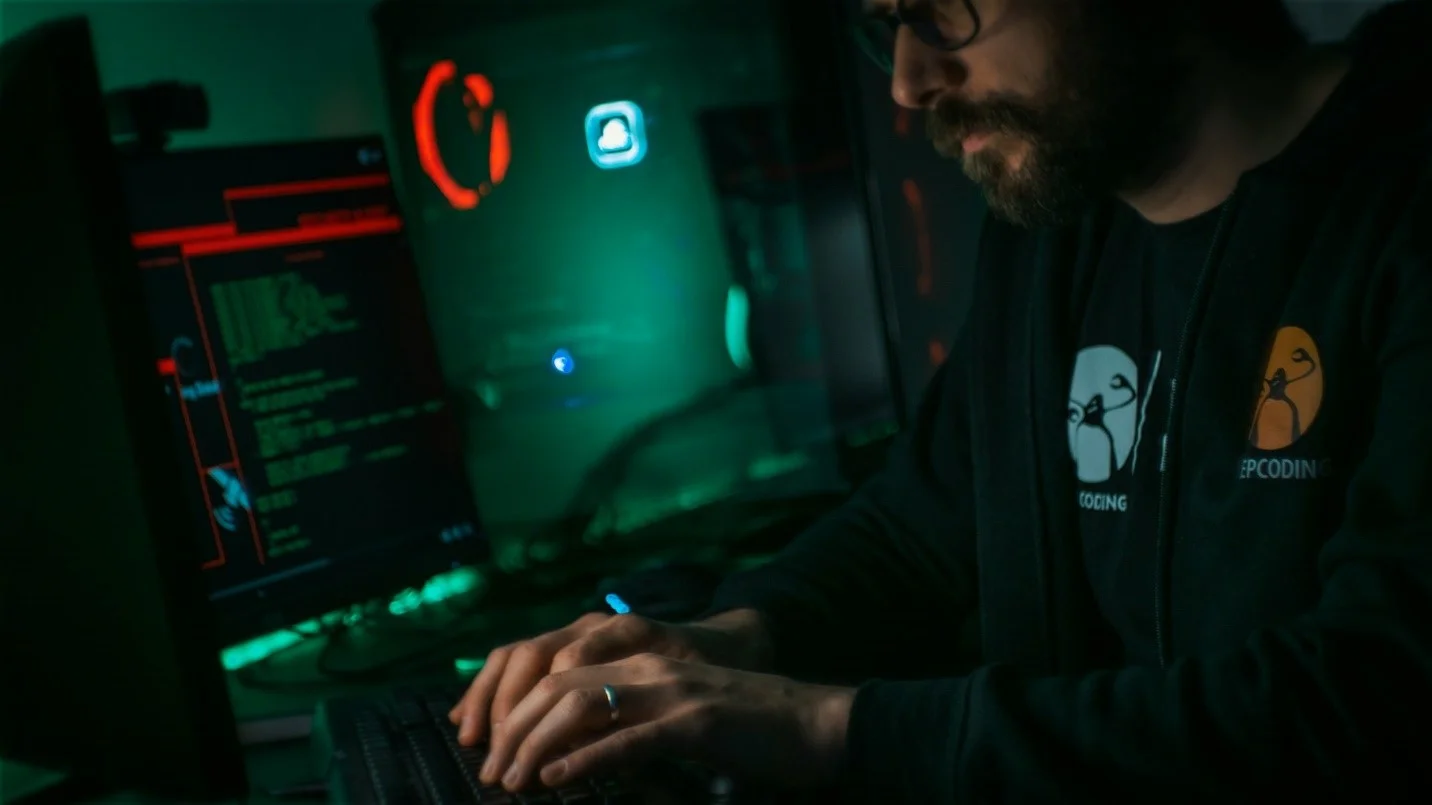In recent years, cyber threats have evolved at a startling pace. Attackers no longer rely solely on basic phishing emails or unsophisticated malware. They exploit complex identity systems, target infrastructure at scale, and use automation to widen their reach. Organizations of every size face the possibility of costly ransomware events, data breaches, and persistent intruders that linger undetected. At the same time, defenders have access to powerful tools and strategic practices—but those tools must be deployed thoughtfully and routinely.
This article walks you through today’s most dangerous cyber-attack patterns and shows how your team can stay ahead.
Evolution of Cyber Attacks: From Opportunistic to Targeted
Cyber threats have changed at a pace that few expected. Early attacks focused on causing disruption without much planning. They relied on simple malware and broad attempts to find any weak system. Today’s attackers take a different approach. They plan their moves, study the environment, and go after high-value assets. They rely on social engineering, identity compromise, and lateral movement.
Because attackers now operate with intent and precision, security teams must shift their mindset. Quick fixes and isolated tools are no longer enough. Defenders must understand how attacks unfold and place controls that stop attackers at every stage.
Active Directory Attacks
Active Directory plays a central role in most organizations. It handles authentication and access across users, systems, and applications. Attackers know this and try to compromise AD to gain broad control. When they achieve that level of access, they can move across the environment without detection.
One of the most dangerous methods is the AdminSDHolder attack. The AdminSDHolder object stores the security settings for privileged groups in AD. So, what can be the right AdminSDHolder Attack definition? This is when an attacker modifies this object and changes the permissions that apply to all protected accounts. That gives them a path to maintain elevated rights even if administrators try to remove them. The attacker stays in control because the changed permissions overwrite any attempt to fix the issue.
This attack succeeds when organizations do not monitor AD changes or when too many accounts have high-level access. Prevention starts with restricting membership of privileged groups and reviewing who truly needs elevated rights. Teams should monitor changes to AdminSDHolder, watch for unusual modifications, and use a tiered access model.
Ransomware and Double-Extortion Schemes
Ransomware has grown into a major global threat. Attackers no longer rely on simple encryption alone. They now steal data before locking systems, then threaten to leak it if the victim does not pay. This double-extortion method increases pressure and forces many organizations to consider ransom payments.
Ransomware groups often begin with stolen credentials or a single unpatched system. Once inside, they move quietly to other machines and gather sensitive files. When ready, they launch the encryption phase and leave a note demanding payment.
Reducing the impact of ransomware requires strong backups stored offline or on immutable systems. Networks should have clear segmentation so attackers cannot reach everything at once. Regular testing of backup restoration ensures that a company can recover quickly.
Supply-Chain and Third-Party Risks
Modern businesses rely on software vendors, cloud services, and external partners. Attackers take advantage of this reliance. They compromise a smaller vendor with weaker security and use that access to reach a larger target. This approach has led to major global incidents in recent years.
To defend against supply-chain risks, companies must evaluate the security posture of their partners. They should monitor software updates, verify code integrity, and restrict the access that third parties receive. Zero-trust principles help by ensuring that no external connection is trusted by default. Regular reviews of vendor access and activity can catch issues before they spread.
Identity and Access Management (IAM) as a Frontline Defense
Identity has become the new perimeter. Attackers aim for passwords, tokens, and service accounts because these lead to quick privilege escalation. Strong IAM practices help limit the damage when an attacker compromises one account.
Multi-factor authentication blocks many simple attacks. Regular removal of unused or orphaned accounts reduces entry points. Clear role-based access controls ensure that users only have the rights they need.
Endpoint and Network Monitoring: Detecting Movement Early
Attackers succeed when they move through an environment without drawing attention. This makes endpoint and network monitoring integral for any defense plan. When teams track activity in real time, they can see unusual behavior before it turns into a major breach. Tools like endpoint detection and response help security staff understand what is happening on each device. They show processes, login attempts, file changes, and patterns that do not match normal use.
Network monitoring adds another layer of visibility. It allows teams to watch traffic flowing between systems and spot attempts to reach sensitive areas. When defenders understand what normal traffic looks like, they notice when something changes. Even small signs matter, such as repeated scans or unexpected data transfers. These tools work best when organizations refine their alerts and build response steps for each type of threat.
Security Automation and Orchestration: Speed Counts
Manual work slows down security operations. Threats move fast, and delays give attackers more time to explore the environment. Security automation fixes this by handling repetitive tasks at high speed. It can block accounts, isolate machines, enrich alerts with context, and apply known fixes without human delay. Orchestration ties these automated actions together so they fit into clear workflows.
Teams use automation to enforce policies and maintain consistent security checks. When a device shows suspicious activity, a workflow can isolate it from the network. If a user triggers a risky action, access rules can adjust right away. Automation does not replace people. Instead, it gives them the freedom to focus on analysis, threat hunting, and strategy.
Incident Response, Tabletop Exercises, and Cyber Resilience
Prepared teams handle attacks better than teams that react without a plan. Incident response provides a structured way to manage disruptions and reduce harm. Tabletop exercises help teams practice that plan in a realistic way. These sessions reveal gaps, unclear responsibilities, and improvements that need attention.
Cyber resilience goes beyond stopping attacks. It focuses on the ability to continue operating even when systems face disruption. This includes strong communication channels, reliable backups, clear leadership roles, and a culture that supports rapid recovery. Each exercise builds confidence. Over time, the team learns how to make quick decisions, coordinate under pressure, and restore key services without panic.
A strong cybersecurity foundation is built through deliberate choices that shape daily operations. When teams commit to monitoring, preparation, and cultural awareness, they create an environment where threats struggle to take root. This mindset moves security from a reactive function to a confident, forward-looking discipline that supports long-term stability and growth.


